a rapidly-installed, renewable technology it says could help wean the country off fossil fuels https://reut.rs/3JtuG6A
Category: solar power – Page 77
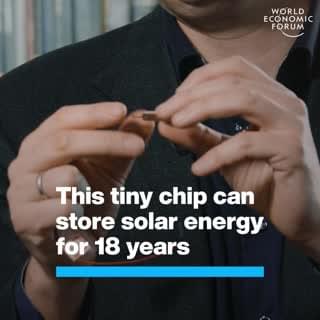
It contains a specially designed molecule that absorbs solar power
Take a closer look at the power of renewable energy: http://ow.ly/OGHF50IQ2Bb
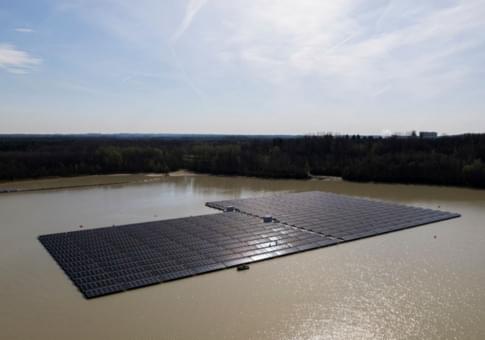
This German firm is building a floating solar plant on a quarry lake
Learn More.
World Economic Forum.
It could help the country cut its reliance on Russian oil. The plant will open 24 May.
Take a look here: http://ow.ly/EteQ50IJILv
A German company will switch on a floating solar power plant it has built on a quarry lake, a rapidly-installed, renewable technology it says could help wean the country off Russian fossil fuels.
BayWa r.e. said the photovoltaic (PV) plant at the family-owned Quarzwerke in the western German town of Haltern am See will be able to provide 3 megawatts (MW) of power, equivalent to a typical onshore wind turbine.
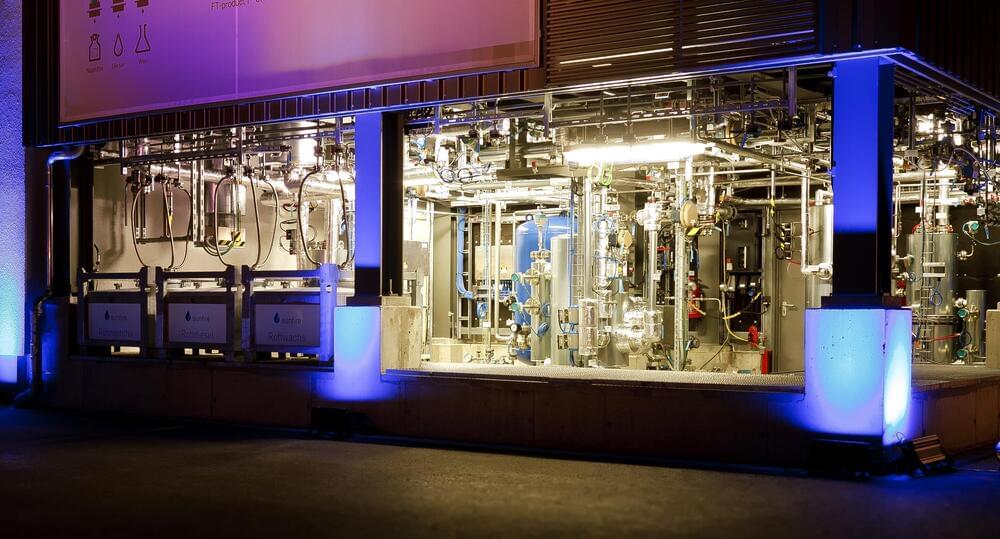
Reversible fuel cells can support grid economically, study finds
A major challenge for producers of electricity from solar panels and wind turbines is akin to capturing lightning in a bottle. Both solar and wind increasingly generate electricity amid little demand, when market prices are too low to cover costs. At noon on sunny days, for example, wholesale power prices in areas with high quantities of solar and wind occasionally fall below zero.
Some renewable energy producers store their excess electricity as green hydrogen, using the electricity to produce hydrogen from water—labeled “green” because the process emits no carbon dioxide. Used to create fuels, fertilizer, and other chemicals, the global hydrogen market is about $125 billion, and it’s growing briskly in part due to increased interest in hydrogen as a fuel for buses, trucks, and even ships. The problem is that producing hydrogen with electricity remains fairly expensive, so it’s only profitable to sell at the higher prices paid by lower-volume customers.
But now, researchers at Stanford University and at the University of Mannheim in Germany have found a possible solution: integrated reversible power-to-gas systems that can easily convert hydrogen back to electricity when power prices spike higher.
Capturing Solar Energy and Converting It to Electricity When Needed — Up to 18 Years Later
The researchers behind an energy system that makes it possible to capture solar energy, store it for up to eighteen years, and release it when and where it is needed have now taken the system a step further. After previously demonstrating how the energy can be extracted as heat, they have now succeeded in getting the system to produce electricity, by connecting it to a thermoelectric generator. Eventually, the research – developed at Chalmers University of Technology 0, Sweden – could lead to self-charging electronic gadgets that use stored solar energy on demand.
“This is a radically new way of generating electricity from solar energy. It means that we can use solar energy to produce electricity regardless of weather, time of day, season, or geographical location. It is a closed system that can operate without causing carbon dioxide emissions,” says research leader Kasper Moth-Poulsen, Professor at the Department of Chemistry and Chemical Engineering at Chalmers.
The researchers behind the solar energy system MOST, which makes it possible to capture solar energy, store it for up to 18 years, and release it when and where it is needed, have now taken the system a step further. After previously demonstrating how the energy can be extracted as heat, they have now succeeded in getting the system to produce electricity, by connecting it to a compact thermoelectric generator. The research, which was carried out at Chalmers University of Technology in Sweden, could eventually lead to self-charging gadgets that are powered on-demand by stored solar energy. Credit: Chalmers University of Technology.

Scientists decide how to prove out perovskite panels for space power
Perovskites, which have shown enormous potential as a new semiconductor for solar cells, are gaining attention as well as a potential next-generation technology to also power spacefaring missions. As scientists around the globe continue efforts toward harnessing the potential of perovskites on Earth, others are looking into how well the technology might work in the planet’s orbit.
A collaborative research effort to collectively address this important issue involving scientists from the National Renewable Laboratory (NREL) lays out guidelines to test the radiation-tolerating properties of perovskites intended for use in space.
“Radiation is not really a concern on Earth, but becomes increasingly intense as we move to higher and higher altitudes,” said Ahmad Kirmani, a postdoctoral researcher at NREL and lead author of the new paper, “Countdown to perovskite space launch: Guidelines to performing relevant radiation-hardness experiments,” which appears in Joule.

The Solar Energy Multiverse Keeps Expanding: Perovskites, Shape-Shifting Molecules, & More
Solar energy has barely scratched the surface of its potential to decarbonize the global economy in time to avert catastrophic warming.
For all the activity in the solar energy marketplace, PV technology has barely even begun to hit the global economy in full force. Huge solar arrays filled with rows of super-efficient silicon solar panels are just one piece of an expanding universe. With that in mind, here are 4 new developments that could kick the slow pace of change into high gear.
1. Distributed Solar Energy
Distributed renewables are a big deal for the US Department of Energy and other solar energy planners, but they generally don’t catch the media spotlight. That’s because they tend to be small. On an individual basis, distributed energy resources range down to the kilowatt scale. They are easily eclipsed by huge multi-million megawatt PV arrays.
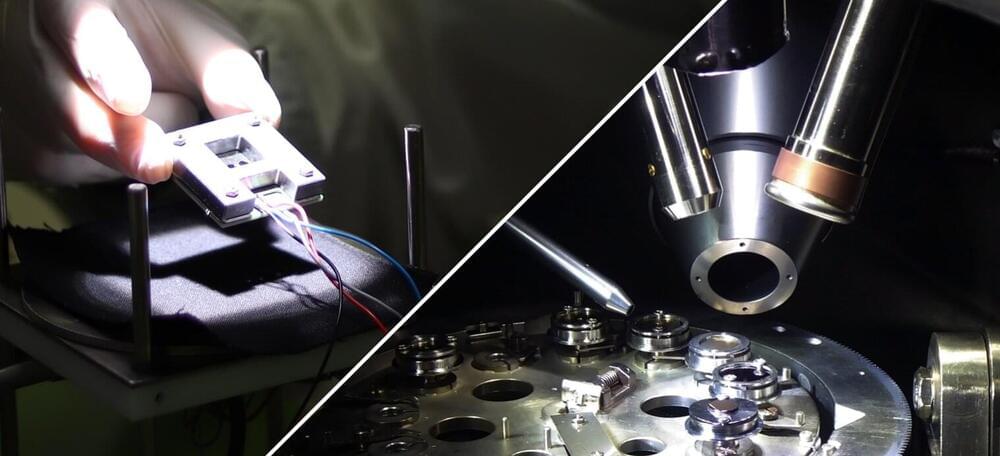
Next-generation solar cells reach 24% efficiency
A German research team has developed a tandem solar cell that reaches 24 percent efficiency—measured according to the fraction of photons converted into electricity (i.e., electrons). This sets a new world record as the highest efficiency achieved so far with this combination of organic and perovskite-based absorbers. The solar cell was developed by Professor Dr. Thomas Riedl’s group at the University of Wuppertal together with researchers from the Institute of Physical Chemistry at the University of Cologne and other project partners from the Universities of Potsdam and Tübingen as well as the Helmholtz-Zentrum Berlin and the Max-Planck-Institut für Eisenforschng in Düsseldorf. The results have been published in Nature under the title “Perovskite–organic tandem solar cells with indium oxide interconnect.”
Conventional solar cell technologies are predominantly based on the semiconductor silicon and are now considered to be “as good as it gets.” Significant improvements in their efficiency—i.e., more watts of electrical power per watt of solar radiation collected—can hardly be expected. That makes it all the more necessary to develop new solar technologies that can make a decisive contribution to the energy transition. Two such alternative absorber materials have been combined in this work. Here, organic semiconductors were used, which are carbon-based compounds that can conduct electricity under certain conditions. These were paired with a perovskite, based on a lead-halogen compound, with excellent semiconducting properties. Both of these technologies require significantly less material and energy for their production compared to conventional silicon cells, making it possible to make solar cells even more sustainable.
As sunlight consists of different spectral components, i.e., colors, efficient solar cells have to convert as much of this sunlight as possible into electricity. This can be achieved with so-called tandem cells, in which different semiconductor materials are combined in the solar cell, each of which absorbs different ranges of the solar spectrum. In the current study the organic semiconductors were used for the ultraviolet and visible parts of the light, while the perovskite can efficiently absorb in the near-infrared. Similar combinations of materials have already been explored in the past, but now the research team succeeded in significantly increasing their performance.
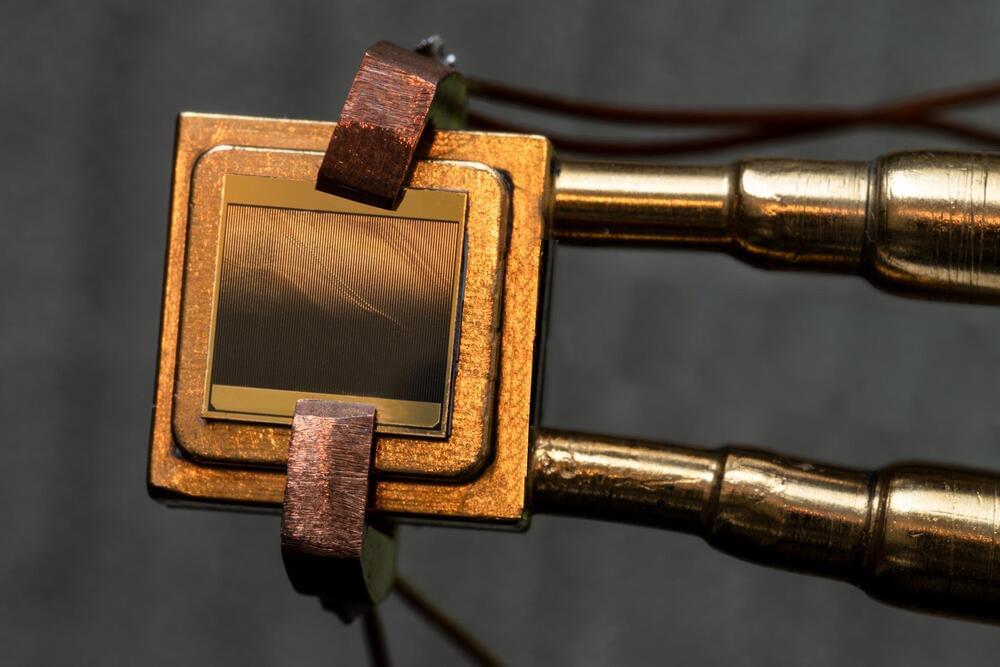
New Heat Engine With No Moving Parts Could Fully Decarbonize the Power Grid
The design could someday enable a fully decarbonized power grid, researchers say.
Engineers at MIT and the National Renewable Energy Laboratory (NREL) have designed a heat engine with no moving parts. Their new demonstrations show that it converts heat to electricity with over 40 percent efficiency — a performance better than that of traditional steam turbines.
The heat engine is a thermophotovoltaic (TPV) cell, similar to a solar panel’s photovoltaic cells, that passively captures high-energy photons from a white-hot heat source and converts them into electricity. The team’s design can generate electricity from a heat source of between 1,900 to 2,400 degrees Celsius 0, or up to about 4,300 degrees Fahrenheit.

Molecular thermal energy system can store solar energy for 18 years
Developed by a Chinese-Swedish research group, the device is an ultra-thin chip that could be integrated into electronics such as headphones, smartwatches and telephones. It combines a Molecular Solar Thermal Energy Storage System (MOST) with a micro-fabricated system that includes a thermoelectric generator (TEG) with a low-dimensional material-based microelectromechanical system (MEMS).